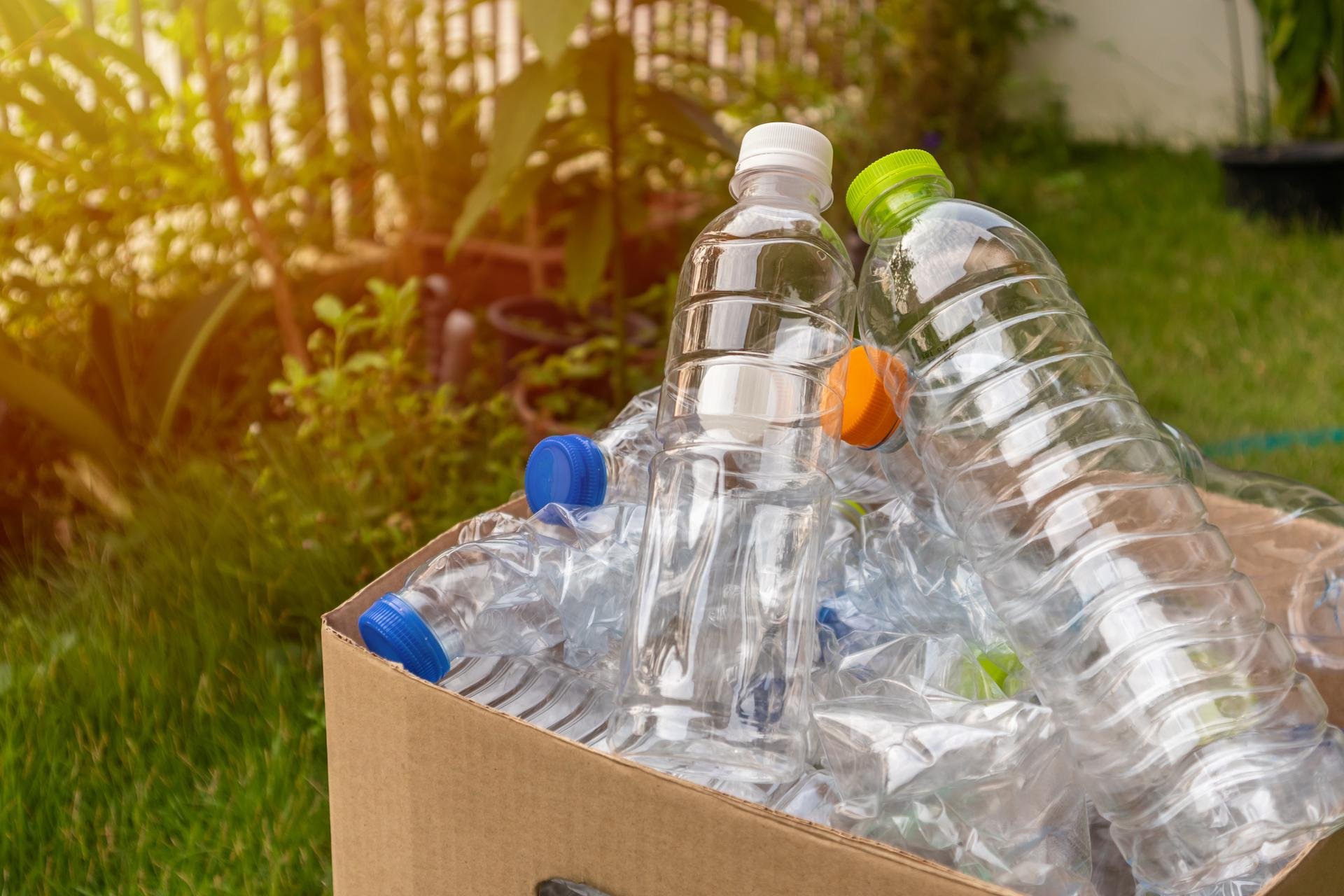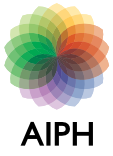- Textiles with organic certificates
- Cheap ecologic energy
- Types of plastic
- Gardens of the Senses
- Green stops
- Houses for insects
- Anti-smog pavement
- Solar panels
- Ecological clothes
- Energy-efficient buildings
- Composter
- 10 ideas for green life
- Rain gardens
- Solar house
- Recycling of clothes
- Organic food
- Eco plates and cutlery
- Eco cleaning the house
- Organic milk
- Ecological cooking
- Carpooling
- Green walls
- Microplastic
- Saving water
- Ecological certificates
- Mobile eko apps
- Eco straws
- Ecological bags
- Being Eco
- Urban apiary
- Xeriscaping
- Green roofs
- Green architecture
- Hortitherapy
- Overheated city
- Open composters
- Smart cities
- Smog
- Functions of greenery
- Miniature Parks
- Electric cars
- Why are the trees in the city so important?
- Zero Waste
- Ecological shopping
- Ecological office
- Use rainwater!
Different types of plastic – how to recognize which one we are dealing with?
Different types of plastic – how to recognize which one we are dealing with?

We are surrounded by lots of things made of plastic. And do you know that it comes in different forms and not every one of them is safe for your health? Today we will review all types of plastic and check which ones should not come into contact with food.
Although we encourage you to avoid plastic packaging, we are aware that not all products can be bought in paper, glass or loose. That is why it is important to understand the markings on plastics. Thanks to this, you will know whether you deal with plastic that is safe for your health or harmful and non-recyclable.
The most commonly used symbol is a triangle with a number inside. Sometimes instead of a number you will find a letter abbreviation of the material name. It explains what you are dealing with.
- 01 – PET – One of the most frequently used. Such a marking can be found e.g. on disposable dishes and many packages such as bottles of mineral water. According to some sources the packaging made of it should not be reused.
- 02 – HDPE – It belongs to the safest plastics and is used to store food. Products made of it include milk bottles, household chemicals packaging, pipes, and garbage containers. It is reusable.
- 03 – PVC – It is harmful to health (may emit toxins). Used widely to manufacture packaging for non-food products, as well as pipes, floor coverings, window frames, and medical equipment.
- 04 – LDPE – Relatively safe, considered physiologically inert. Used for the production of food film, plastic bags, packaging for ketchup or mustard. It is hardly resistant to high temperatures. It can be used again, but it is considered less safe than plastics No. 2 and 5.
- 05 – PP – Together with material No. 2, it is considered one of the safest plastics. It can be welded. Often used in the production of packaging such as yogurt cups or bottle caps.
- 06 – PS – May release toxins, therefore should not be in contact with food. However, it is present, e.g. in disposable coffee cups, disposable cutlery and in take-out containers. Its most popular variety is polystyrene.
- 07 – Other – A category in which we can find many compounds that are hazardous to health, including very toxic bisphenol A (BPA). Plastics marked with this number should never be used again (unless labelled BPA Free or BPA 0%).
Hint: Each plastic packaging must have a marking. It is usually located on the bottom of the product.



